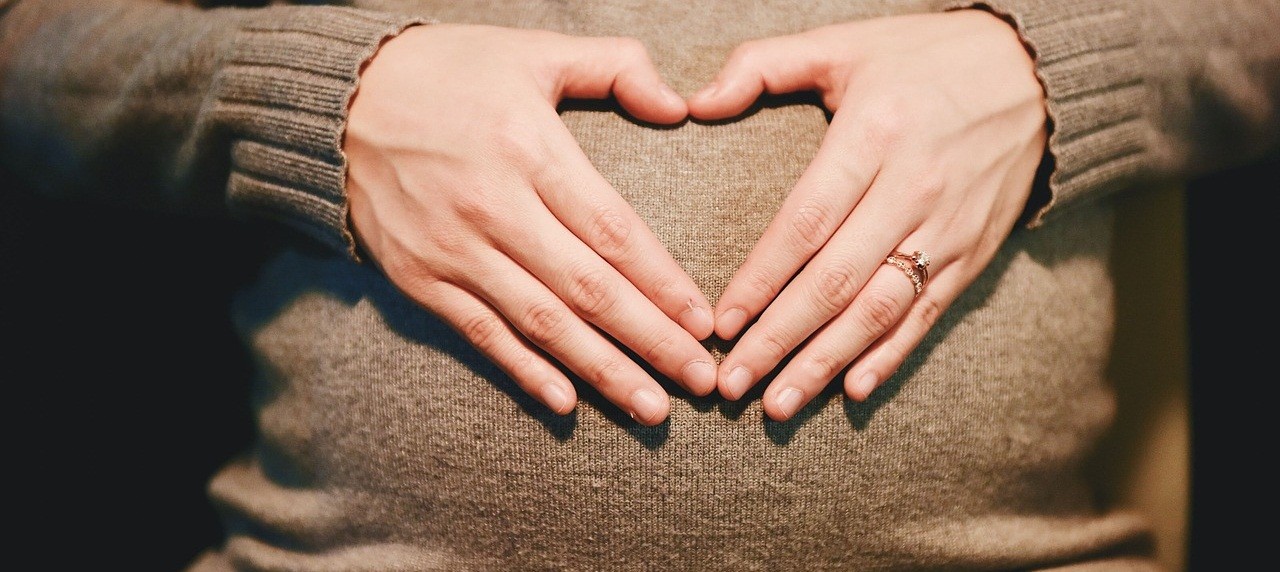Diminished Ovarian Reserve (DOR) is defined as the condition with the decreased number and poor quality of oocytes.
This is a common condition after menopause or women having premature ovarian insufficiency.
But clinically DOR affected women have a regular menstrual cycle, so the ovarian reserve is not an age-dependent condition.
Women diagnosed with the DOR condition at their reproductive age indicates the inability to the response against ovarian stimulation or reduction of fecundity in comparison with other normal women under the same age group.
Researchers also performed researches in women having DOR to check the IVF outcome and most of the result findings showed a poor ovarian response (POR).
POR signifies the inadequate amount of egg retrievable after inducing ovarian stimulation due to abnormally low follicular response during the IVF process.
The clinician becomes sanguine about POR after giving two episodes of maximal ovarian stimulation.
The diminished ovarian reserve is the primary cause of the poor ovarian response.
Any of the following two characteristics must be significant in women with POR:
- Pregnancy at an advanced age (more than 40 years) or any health issue which negatively affects ovarian response.
- Women have previous medical history POR, which indicates prior conventional stimulation conducted by administering more than 149 IU Follicle-stimulating Hormone (FSH), regularly gives less than 3 oocytes.
- An ovarian reserve test provides an abnormal result with less than 5 to 7 antral follicle count or lower level of antimullerian hormone i.e. less than 0.5 to 1.1 ng/ml.
There are certain reasons identified for DOR, which include chemotherapy, radiotherapy, genetic mutations, ovarian surgeries, tubal surgery, smoking, autoimmune disease, galactosemia, mumps, and other idiopathic conditions.
Most of the chemotherapy-induced diminished ovarian reserve is caused due to primordial follicle collapse.
However, this effect is observed in drug and dose dependent manner.
Radiation related DOR depends upon the dose and field of the radiation and also the age of the patients.
Oocyte apoptosis is a usual finding in idiopathic DOR.
Diminished ovarian reserve in the female fetus may occur due to the outcome of maternal hormonal disturbance throughout the utero life.
There is no treatment available to treat age-related diminished ovarian reserve, even no preventive measure can control DOR.
Assisted reproductive technology is the only option that can be applied to women with DOR to support a pregnancy.
Fertility preservation is an essential step to pursue pregnancy in women with DOR who wish to have their baby.
The fertility preservation process involves cryopreservation of the oocytes collected from the intended mother and store them in the egg bank for future use.
However, it is always recommended the fertility preservation should be conducted at a young age to get an effective IVF outcome.
Ovarian superovulation can also be applied by injecting hormones in women to assist in ovulating multiple eggs.
These eggs are collected in the IVF clinic and the viable fresh eggs can be used directly for creating an embryo.
An artificial fertilization process has carried out with collected eggs and male partner’s sperm.
Then the produced embryo has implanted in the womb of the intended mother.
Some may prefer to cryopreserve the collected eggs for future use.
In women with DOR, the IVF outcome also depends upon the underlying cause of the diminished ovarian reserve.
A retrospective study result reported that DOR caused by surgery for endometrioma compared to the idiopathic group gives better IVF outcome than idiopathic DOR.
In case, the woman with DOR produces poor quality eggs or unable to produce a viable number of eggs, then an egg donor requires to hire to conduct the IVF process.
In the IVF clinic, first, the donor’s eggs artificially fertilized with the sperm of the intended father, and then the embryo is implanted into the intended mother’s womb.
In such cases, the offspring has no genetic connection with the mother.

Ravi Sharma is a self-motivated, successful entrepreneur and has a solid experience in the fertility segment. and he is the director at ARTbaby Global (ARThealthcare). He is a pharmacy graduate with post-graduation in business administration and has 14 years of rich experience in the field of infertility segment. He loves to write about IVF, Surrogacy, and other ART (assisted reproductive technology) news, issues, and updates. He is a Pharmacy graduate (B. Pharm) and M.B.A (marketing).
His most recent success includes the successful launch of the medical tourism company, ARTbaby, which offers treatment options for infertility, egg donation, and surrogacy. He likes spending time with his family and writing about various aspects of IVF surrogacy and donating eggs.

